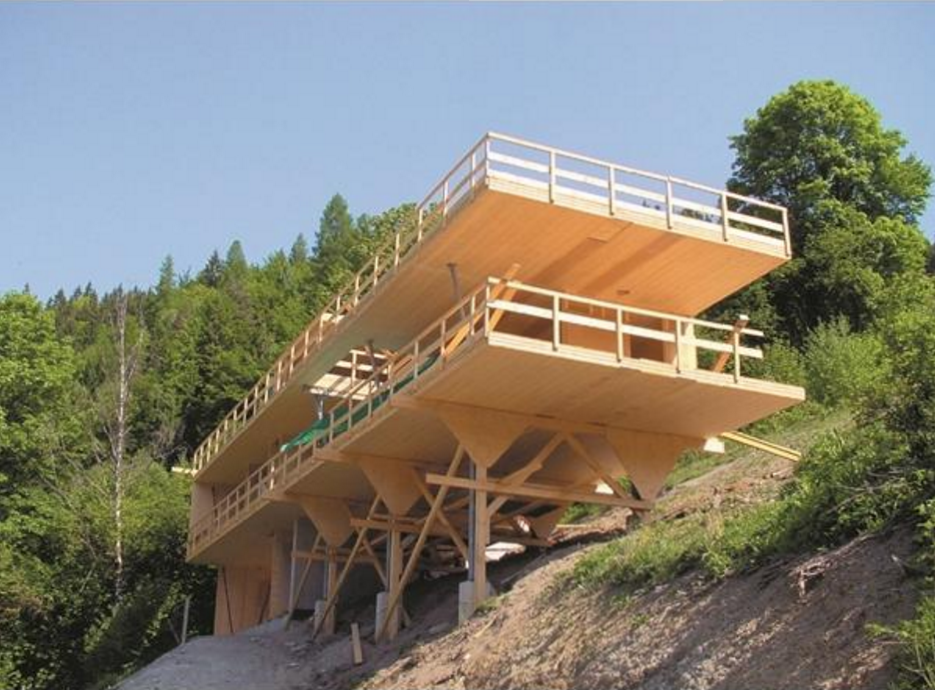After the much vaunted COP21 agreement in Paris, it appears that one of the New Zealand Government’s strategies is to simply buy carbon credits.
It should be quite obvious that one of the best solutions is to plant more trees. However quite the opposite seems to be occurring. Current trends of deforestation are expected to continue with vast tracts of our sustainable plantation forest lost to dairy conversion. A 2014 Ministry of Primary Industries (MPI) Deforestation Report indicates a further loss of approximately 70,000ha of plantation forestry over the next ten years.
Part of the reason for this loss of forestry is simply market conditions, for the dairy industry is viewed to provide better returns than forestry. With the recent dip in dairy solids pricing this trend may be changing, but the damage is still being done and the ramifications are obvious for our emissions profile.
What can we do about this? Well for a start, we can begin to use more locally grown solid wood products. Solid wood is the original bio-material, and stores carbon when used in solid form.
Even hard-nosed Australian property developers have recognised the benefits of solid wood. In 2012 Lend Lease completed Forté at Victoria Harbour, which is Australia’s first, and also the world’s tallest timber apartment building. In addition, Lend Lease completed Australia’s first public Cross Laminated Timber (CLT) building, Library at the Dock in Melbourne in March 2014. These structures act as massive carbon sinks, and have obvious environmental benefits.
Locally, we are a little slower off the mark. Rotorua District Council has effectively led the way, by adopting a “Wood First” policy to encourage more wood use.
“Rotorua’s ‘Wood First’ initiative recognises the economic, environmental, cultural and social significance of ‘wood’ within the community. This initiative is about looking at ‘wood’ as the first material of choice for construction, interior design and living developments within Rotorua”
The wheels are slowly turning in the New Zealand wood processing industry with new capabilities technology being installed – most of which is oriented towards solid wood. XLAM a Nelson based business is offering cross laminated timber panels – the same technology used by Lend Lease for high rise timber buildings.
Meanwhile Rotorua’s Red Stag Timber is installing a $120 million dollar “super mill” to produce solid structural timber both for the domestic and export markets. Of course, demand needs to increase in order to provide a return on such massive investments.
“We, and others in the industry are tooling up to facilitate a phased in Wood First policy at central government level. Countries such as Canada, France, Japan and parts of USA and Australia have adopted this policy for environmental and regional employment reasons”
Marty Verry – Red Stag Timber Ltd
So, isn’t it time we ditched the carbon accounting and moved back to the basics? Is it not logical to extend Rotorua District Council’s policies nationwide, and encourage more construction using solid wood products, and create more demand for forestry?




Leave a comment